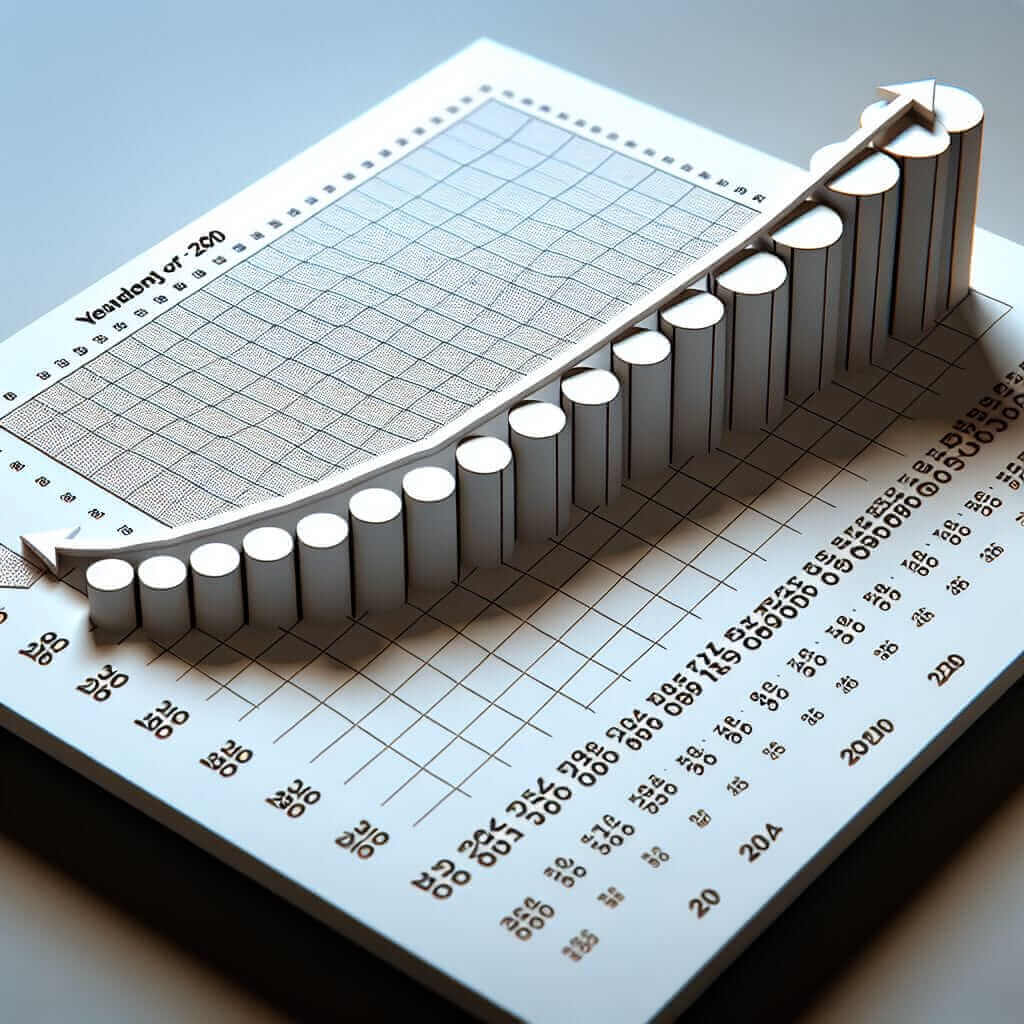When tackling the IELTS writing exam, particularly the Task 1 section, you might encounter data presented across different years. Effectively describing these temporal changes is crucial for achieving a high band score. This guide will equip you with the essential vocabulary and techniques to confidently articulate trends over time.
Understanding the Significance of Describing Years in IELTS Writing
Accurate description of data across years showcases your ability to:
- Comprehend and interpret temporal trends: Demonstrating your analytical skills in identifying patterns and changes over time.
- Utilize a range of grammatical structures: Employing appropriate tenses and vocabulary to convey temporal relationships.
- Present information clearly and concisely: Ensuring your writing is coherent and easily understood by the examiner.
Effective Techniques for Describing Years
1. Using Prepositions and Time Phrases
Prepositions and time phrases are your allies in establishing clear chronological order and relationships between years:
- From…to/between…and: “The number of tourists increased from 2000 to 2010.”
- Over/During/In: “Over the period shown,” “During the early 2000s,” “In the year 2005…”
- By/Before/After: “By the end of the decade,” “Before 2008,” “After the implementation of the policy…”
2. Employing Specific Time Expressions
Be specific when referring to particular years or periods:
- Decades: “the 1990s,” “the turn of the millennium”
- Specific years: “in 1998,” “from 2005 to 2007”
- Periods: “over the next five years,” “within a decade”
3. Utilizing Trend Verbs
Use verbs that accurately depict the direction and degree of change:
- Increase/Rise/Grow/Climb: For upward trends.
- Decrease/Decline/Fall/Drop: For downward trends.
- Fluctuate/Vary: For unstable patterns.
- Remain stable/Stay constant: For no change.
Remember to modify these verbs with adverbs to illustrate the rate of change: slightly, gradually, steadily, rapidly, sharply, dramatically.
Illustrative Examples from IELTS Writing Task 1
Let’s examine how these techniques can be applied using sample data:

| **Year | Number of Students** |
|---|---|
| 2010 | 1500 |
| 2015 | 1750 |
| 2020 | 2000 |
- “The number of students steadily increased from 1500 in 2010 to 2000 in 2020.” (Preposition, specific years, trend verb)
- “Over the decade, there was a noticeable upward trend in student enrollment.” (Time phrase, trend adjective)
- “Following 2010, the student population experienced a period of growth, reaching 2000 by 2020.” (Time phrase, trend verb, specific years)
Tips for Success
- Understand the data thoroughly before writing.
- Use a variety of vocabulary and grammatical structures.
- Be accurate and specific in your descriptions.
- Proofread your work carefully for any errors.
By mastering the art of describing years in your IELTS writing, you’ll be well-equipped to impress the examiner with your language proficiency and analytical skills. Good luck!